NSW bushfires: Farmers cling to hope as fire season looms
Images of Steve Shipton shooting his herd of cattle captured the imagination of a nation grappling with the devastation wrought by the Black Summer bushfires.
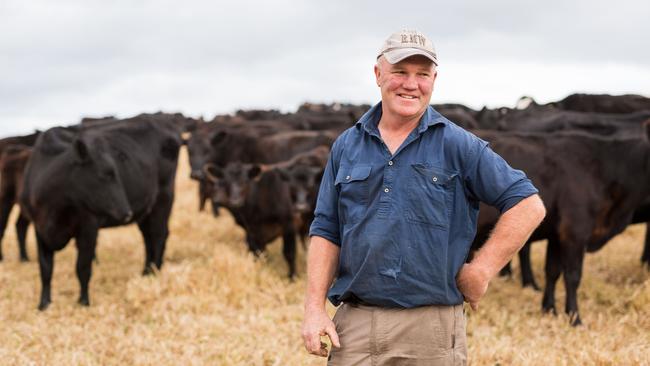
Images of Steve Shipton shooting his herd of cattle captured the imagination of a nation grappling with devastation wrought by the Black Summer bushfires, the dead animals strewn across a scorched black paddock in the Bega Valley.
Now Mr Shipton is staring down another hot and dry summer, the grass in his paddock yellowing as authorities fear another bad fire season is approaching just as the Coolagolite farmer was starting to get back on his feet.
Nearly the entirety of his 440ha property was annihilated after a firestorm hit the region on New Year’s Eve 2019, leaving nowhere for his herd to shelter from the flames.
Mr Shipton was photographed putting down the badly injured animals, the images making headlines around the world.
He said the situation got worse after the media left. Around a ridge lay another 50 or so animals dead or badly injured, hidden in the darkness left by the fires.
“I hadn’t found them at that point because everything was so dark and grim,” he said.
“We went over there and that was pretty hard to take … over the ridge it was carnage, it was like a war zone over there.”
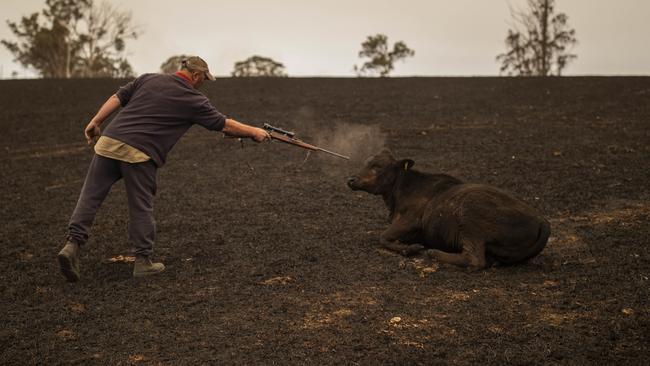
The farmers of NSW have faced fires, floods, global economic turmoil, the pandemic, staffing shortages and skyrocketing costs of production over the past three years.
NSW Farmers Association policy director Kathy Rankin said farmers by trade were at the mercy of the elements and usually worked on business plans running between three and five years.
Ms Rankin said consecutive periods of severe weather including the drought, bushfires and flooding as well as the pandemic had made it extremely difficult for farmers to rebuild, manage their lands or prepare for the coming seasons.
“Those were extreme periods that put them under a great deal of pressure and didn’t give them the opportunity to build financial resilience [and] fodder reserves to be really able to see or work through oncoming events,” she said.
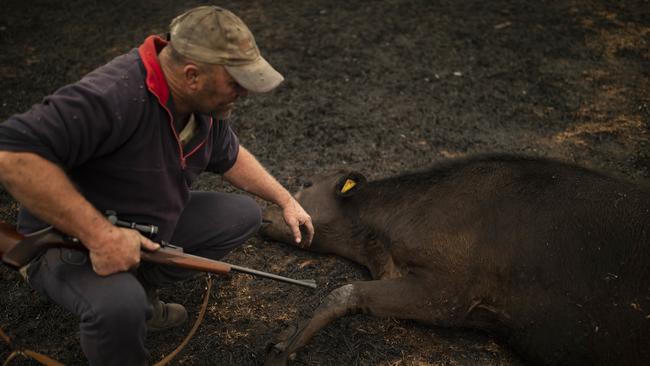
University of Sydney associate professor in fire ecology Tina Bell said the impact of bushfires on farmers in NSW overall had been small but floods and the pandemic had had a compounding impact on some farmers.
“We had a whole lot of rain after those bushfires as well, which you think would be good for recovery of pastures and things like that, Professor Bell said, “but it was actually so much rain it started to waterlog the soil.”
NSW authorities are expecting a bad fire season this summer, although they do not expect a repeat of the devastation caused by the Black Summer bushfires, which killed 26 people, razed 5.5 million hectares and destroyed 2448 homes across Australia.
Former Fire and Rescue NSW commissioner Greg Mullins said fuel, especially grass, had built up over three consecutive La Nina events while wet conditions had stopped preventive burning across the state.
“Conditions can change very quickly if we get flash droughts,” he said.
“Heat waves with dry winds can very quickly dry out, and there’s loads of grass out there, given the La Nina rains.”
Mr Shipton said he hoped things would turn around in the spring but he was concerned about the coming fire season, given that the forests around his property were flush with dying wattle and eucalyptus trees.
He has just bred up his herd to replace those cattle lost in the Black Summer fires after an outbreak of the tick-borne disease theileria wiped out more than $100,000 worth of calves.
“It’s been a hard road, there’s no doubt about it,” Mr Shipton said.
“There were the deaths from the fires but then we’re still getting this ongoing effect from the theileria and now [the weather] is turning really nasty.
“Hopefully spring … might turn things around.”


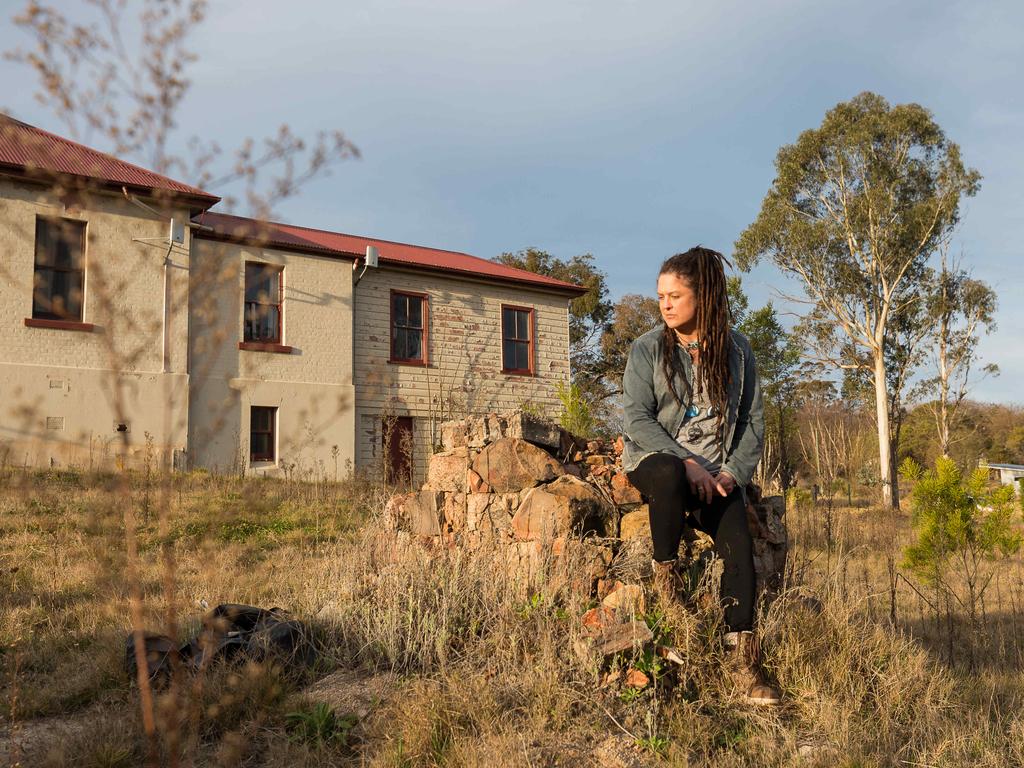
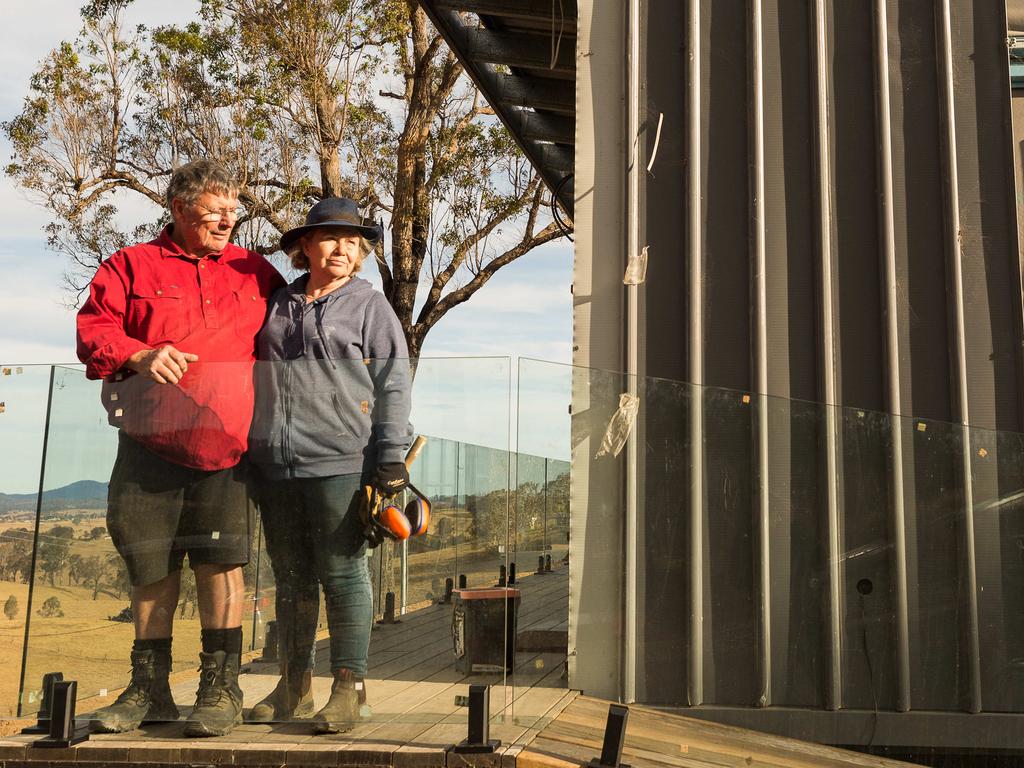


To join the conversation, please log in. Don't have an account? Register
Join the conversation, you are commenting as Logout